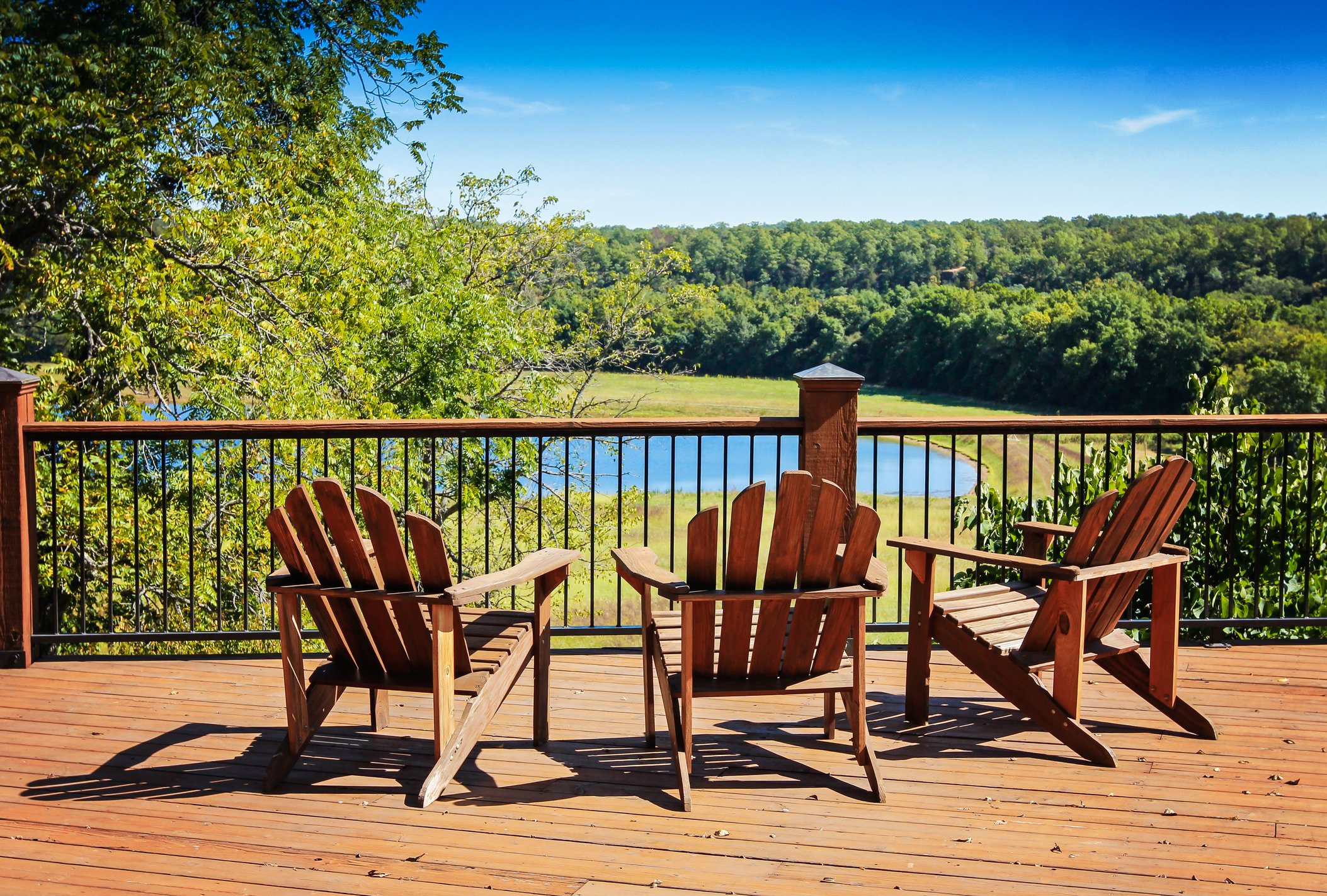
Avoid warm weather mishaps: Inspect decks and porches for safety
Summer is almost here, and with the onset of warmer weather upon us, making sure our outdoor gathering spaces are safe becomes a priority. Stressing deck and porch maintenance to your clients will help them avoid mishaps and keep their family and friends safe.
Prevent porch mishaps
According to an article on AHIT.com, after inspecting the condition of the porch stairs, the following should be checked:
Supports: Porch columns and posts support the roof above and the floor system. They are typically either wood, metal, concrete, brick or stone. Columns and posts should have their own footings to prevent settling. The home inspector should try to gain access under the porch to determine if the support materials are in good condition, inspecting for wood rot, mortar deterioration, settling and so on. The floor joists and beams, should also be inspected from underneath to determine if they are properly spanned to support the loads on the floor porch, their condition and if they are properly supported at their ends.
Roof structure: The home inspector should eye the roof of a porch to spot sagging. Check for any separation of the porch roof from the structure (house). The ceiling of the porch should also be inspected for sagging and any indications of leaking. Also be sure to keep your eyes open for any wood rot.
Floors: Open porches are built with a floor that slightly slopes away from the house to allow rain/moisture to drain away. Porches that are later enclosed often keep the same pitched floor. Examine floors for wood rot. Just as with wooden steps, a wooden porch floor should not be covered with outdoor carpeting as it holds moisture and promotes decay.
Railings: Know your local code as to when porch railings are required, generally 18”-30” or more from the ground. Balusters should be 4” or less. Report any variation from these requirements as potential safety hazards. This may seem like a minor detail, however, toddlers can squeeze through openings of less than 5”and get injured.
Deck Safety Month
May is Deck Safety Month and that’s the perfect time for homeowners to inspect their decks. In a recent article for The Post & Courier of Charleston, S.C., Bill Jacques, a professional home inspector and past president of the American Society of Home Inspectors, offered homeowners tips about deck safety, including:
• Check the size, number and condition of support columns from the ground up. Most modern decks use 4-by-4 and 6-by-6 pressure-treated lumber to secure the deck to the ground, according to Jacques, but anything less than 4-by-4 posts may not properly support the deck and anyone enjoying it. Also, he recommended inspecting the wooden columns and joists for excessive cracks or deterioration of the metal hardware used to hold everything together.
• Be sure to allow for extra bracing for added feature such as hot tubs. “If a hot tub will be added, for example, the deck’s structure will need to be beefed up to safely carry the extra load of the hot tub and the water…,” Jacques said in the article. He recommended using larger or more joists and extra bracing for the added load.
• Hardware and footings should form a continuous load path into the ground, according to Jacques. Wooden supports or piers can be cemented into the ground or a metal bracket can be used to connect the concrete pier to the bottom of columns. The concrete pier should continue at least 3 inches below the frost line. Underground lumber should be properly preserved. Homeowners should also ensure downspouts and under deck grading drain away to help lessen the chances of wood rot and pests being attracted to the area.
Use the correct fasteners to avoid disconnection mishaps
Making sure the correct fasteners are used is a must. Although many decks are attached to a home, “most of the decks that I inspect lack proper fasteners or hardware,” Jacques said in the article. Older decks are often only nailed to the home at the ledger board, he said. Modern standards require a proper and durable connection between the home and the deck, so using lag bolts or carriage bolts are more secure. If the deck is free standing, it should be fastened into the ground adjacent to the home with supports.
Use hot dipped galvanized or stainless hardware as fasteners. “The latter is more expensive but is most often used on decks near the ocean due to salt water deterioration,” Jacques said in the article.
Get more information on inspecting outdoor spaces from AHIT.com’s “A Practical Guide to Home Inspection.”






